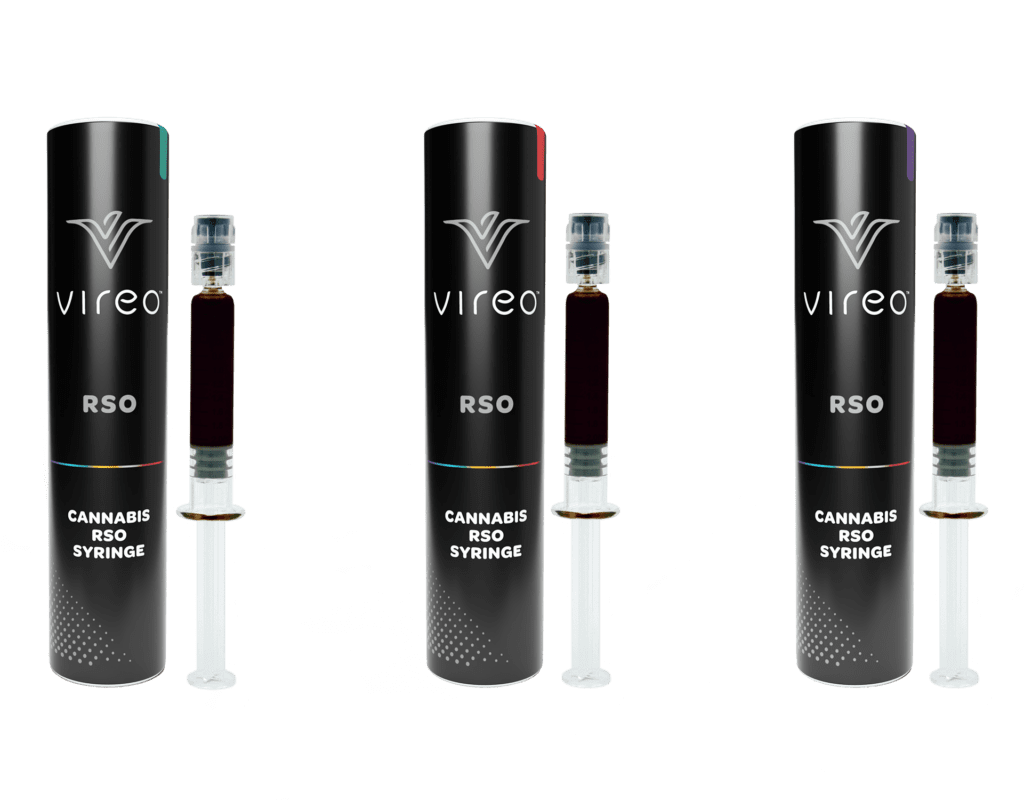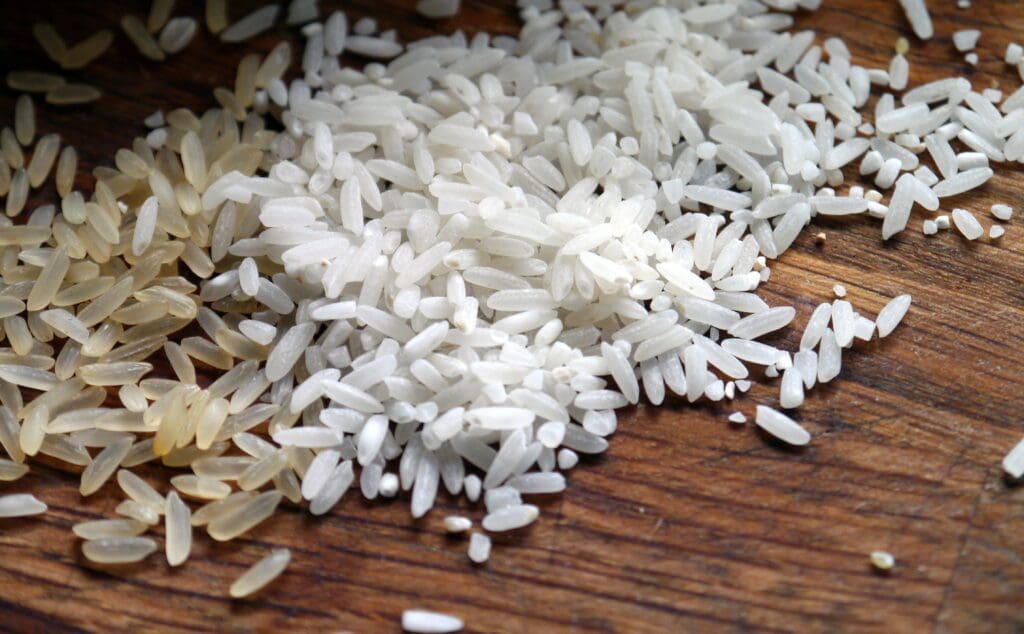Rick Simpson Oil, often called RSO, is a full-spectrum oil made from cannabis that is often used in edible cannabis products or applied topically. But what makes it different from other types of cannabis products or other delivery methods?
What is RSO?
RSO is an oil extracted from the cannabis plant that contains full cannabinoid profiles and is often high in THC compared to other cannabis oils. It was originally developed by a Canadian man named Rick Simpson, a medical cannabis cultivator and activist who used cannabis during his bout with cancer. In fact, many people undergoing chemotherapy treatment for cancer have found that cannabis, and especially the cannabinoid THC, can help ease symptoms like pain, nausea and loss of appetite (and both cancer and pain are qualifying conditions in Minnesota’s medical cannabis program).

What are some of the benefits of high-THC products like RSO?
THC is one of the most common, and most commonly-known, cannabinoids in the cannabis plant. It is one of two major cannabinoids, and is the cannabinoid responsible for the “high” feeling some people experience when they consume cannabis. Some research suggests that it can also help to relieve pain, insomnia, and nausea, and to stimulate appetites. (There are even some studies assessing cannabis’s ability to act as an opioid replacement or adjunct therapy in patients struggling with different types of pain.)
And when THC is combined with other cannabinoids, terpenes and flavonoids, they produce something called the ensemble effect: when used together, these compounds enhance their own natural properties, producing a compounding effect that is greater than the effects of the individual cannabinoids, terpenes and flavonoids on their own. Because the extraction process used to create RSO maintains the cannabinoids, terpenes and other compounds in the cannabis plant, RSO supports the ensemble effect!

How do I use RSO?
RSO itself is an oil product; you can buy products made with RSO, like our Boundary Waters RSO-infused gummies, or you can buy RSO in a syringe, like the new Vireo RSO Syringes. RSO can be ingested orally (swallowed), sublingually (under the tongue) or used topically (directly on the skin); many people who consume RSO orally combine the oil with non-medicated food items before consumption. It tends to be extremely potent compared to other delivery methods, so many people start with an initial dose of RSO that is a fraction of the size of a grain of rice!

Many patients report that RSO and other cannabis oils, when ingested orally, are longer-lasting than many other edible form factors and are often used by patients who seek symptom relief over an extended period of time. Remember, when using any new product, start with the lowest possible dose and wait a sufficient amount of time before taking another dose – we recommend at least three hours. Start low and go slow!
If you want to become a patient in Minnesota, you can learn more about qualifying conditions and the certification process. Already a patient in Minnesota? You can now schedule a virtual consultation with one of our pharmacists to discuss your unique situation and whether RSO might be a good option for you.
Please note that qualifying conditions vary by state, and the information relating to qualifying conditions may not apply to cannabis patients in all states. Product availability also varies based on state program restrictions and rules, so the products discussed may not be available in all states. Be sure to check with your local Green Goods location about the products available in your state!
